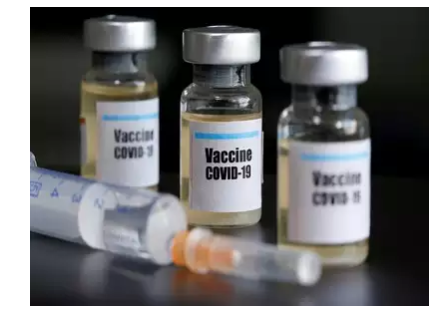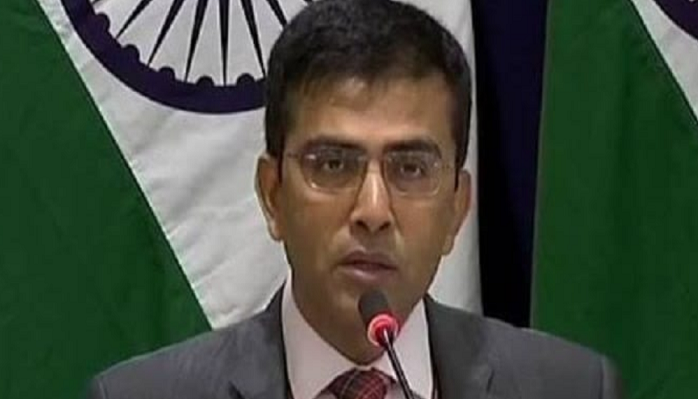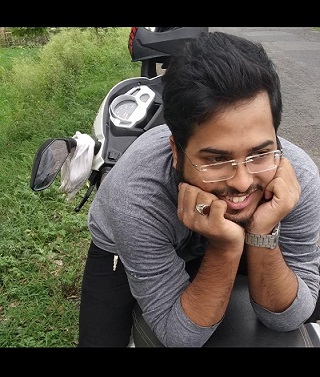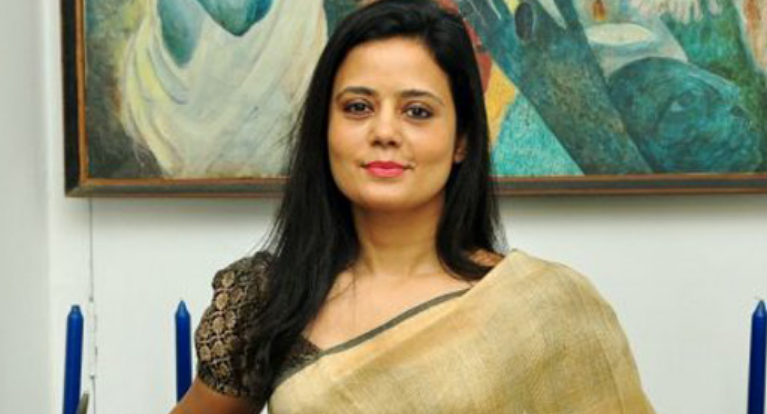Where Do Slum Kids Go When They Are Depressed
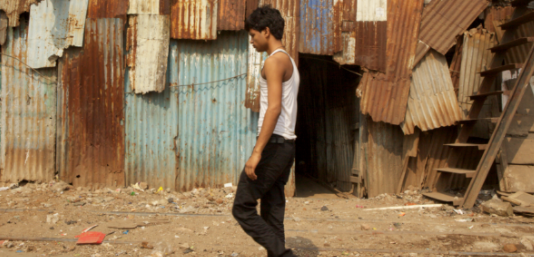
Adolescence is a vulnerable period of physical, emotional and mental turmoil. According to the World Health Organisation, approximately 10% of adolescents experience mental health problems – one of the most neglected issues among adolescents.
‘Material deprivation, social vulnerability, substance abuse and addiction can act as triggers of mental illnesses among adolescents living in slums,’ says Rama Shyam,
Programme Director of Empowerment, Health and Sexuality Education of Adolescents (EHSAS), a programme targeted at adolescents (between 10 and 19 years of age) living in vulnerable settlements, implemented by Mumbai-based non-profit, SNEHA.
he EHSAS programme, which has been implemented for about five years now, works directly with adolescents in vulnerable slum pockets to foster gender-equitable attitudes and improve physical, sexual and mental health.
“Our focus is on promoting physical and mental health and of course, adopting need-based interventions towards mental illnesses,” adds Rama. The EHSAS programme works across vulnerable settlements in Dharavi, Kandivali and Kalwa, reaching nearly 5000 adolescents.
Research has shown that mental disorders can trigger suicidal tendencies among adolescents. A study from Goa (16-24 year olds) shows that 3.9% of youths reported suicidal behaviours with females four times more prone to suicidal tendencies than males. This suicidal behaviour is associated with factors like absenteeism, independent decision making, premarital sex, sexual abuse, physical abuse from parents and mental disorders.
